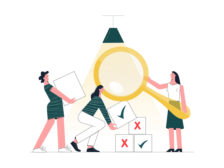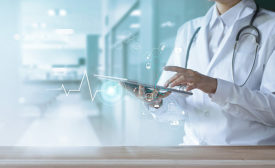Safety & Health Best Practices
Safety Talk
Preparing for OSHA: How to conduct internal inspections and audits
May 13, 2021
Best Practices
Can PWFA transform how OHS is practiced?
Pregnant workers bill could be enacted this year
April 27, 2021
Best Practices
Does an abundance of titles hurt the OHS practice?
Quality varies in an unregulated credentials market
March 18, 2021
Why is there OHS malaise in the U.S.?
Voluntary best practices implementation is risk management
February 8, 2021
Best Practices
Despite benefits in testing and observation, there are many risks to smoke tubes
October 14, 2020
Become a Leader in Safety Culture
Build your knowledge with ISHN, covering key safety, health and industrial hygiene news, products, and trends.
JOIN TODAYCopyright ©2025. All Rights Reserved BNP Media.
Design, CMS, Hosting & Web Development :: ePublishing










